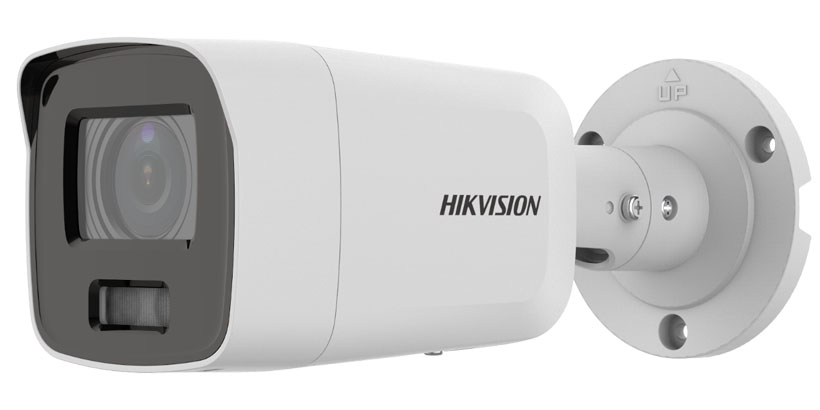As video quality increases, it is no longer enough to simply offer ever higher resolutions. Image detail is just one aspect of good quality video, and a growing number of applications have shown that colour accuracy is also an important consideration. As such, it is vital that those specifying cameras do not rely on resolution alone as an indication of video performance.
When video is used for surveillance purposes, it offers a host of benefits, not least the ability for operators to quickly identify individuals of interest. They can use a range of information for this: facial features, height and weight, gait, clothing or vehicle colour, etc.. Whether an operator is scrubbing through video, or an algorithm is being used to filter events, colour is a powerful element.
The vast majority of humans have an inherent ability to recognise colour. It’s something we do from birth. As such, colour is instinctive in terms of recognition and so can be a valuable tool during investigations. If, for example, an operator is asked to find footage of a Ford transit van exiting a site, they’ll most likely need to first find footage of vehicles, then identify which are vans, before looking for specific characteristics to single out the marque.
However, if they are asked to find footage of red vans exiting the site, the process will be much faster. This gives a significantly smaller number of events to filter through to identify the specific vehicle they are seeking.
The biggest issue with colour-based information is if light levels are low. In sites with poor illumination, or during hours of darkness, colour information can be compromised. For example, under infrared lighting, or where low pressure sodium lighting is used, colour ceases to be of much use. A red van will appear to be grey, as will a blue van, a green van, a yellow van or a grey van.
While white light is one answer, light pollution can restrict its use. However, as modern cameras feature a higher level of processing, it is now possible for cameras to deliver accurate colour information in low light conditions.
Boosting colour
Hikvision, an IoT solution provider with video as its core competency, has released its new Pro Series cameras with 4K resolution as well as ColorVu and AcuSense technologies. ColorVu technology resolves the challenge faced by many users with low light applications, as it enables cameras to produce sharp colour videos in extremely dim environments.
The first generation of Pro Series cameras with ColorVu technology where brought to market in 2018, and have been one of the manufacturer’s best selling products. The new cameras offer enhanced performance and are available in both Turbo HD and networked versions. The enhanced ColorVu series can satisfy a multitude of customer needs, and includes high performance products alongside budget-friendly choices and smart solutions.

By including 4K ColorVu technology, Hikvision brings colour imaging to those with a need for ultra-high-definition video. With better image quality and richer detail, 4K ColorVu technology can be applied across a wider range of scenarios including stadiums, airports, harbours and car parks, where clear and high-resolution images are necessary.
In addition, Hikvision has also added varifocal cameras to its series of Turbo HD Analogue models with ColorVu to create around-the-clock colour imaging in all focal lengths. With 2.8-12mm motorised lenses, ColorVu varifocal technology allow users to zoom in with colour images at night.
The updated ColorVu technology lenses have an F1.0 aperture, allowing more light to enter the lens than conventional cameras. Focusing high definition cameras with large F1.0 apertures is technically challenging, requiring strict and accurate manufacturing. Hikvision has applied its advanced Active Alignment (AA) technology for the production of ColorVu models, to bring the adjustment accuracy to within 4 pixels.
Meanwhile, with optimised sensors, night-time colour imaging renders more brightly than conventional cameras. A new 3D dynamic noise reduction (DNR) algorithm helps capture additional remote details clearly, and delivers sharper images. In addition, cameras with ColorVu technology are equipped with a soft, warm additional light to provide colour imaging even in zero-light environments.
The new cameras can integrate Hikvision’s cutting-edge AcuSense technology to help users focus only on events that matter. Empowered by deep learning algorithms, the cameras can distinguish people and vehicles from other moving objects such as rain, leaves and animals. Alarms will only be triggered when the pre-set intrusion type takes place. With this solution, video clips are sorted by human and vehicle targets, and object classification vastly improves search efficiency.

